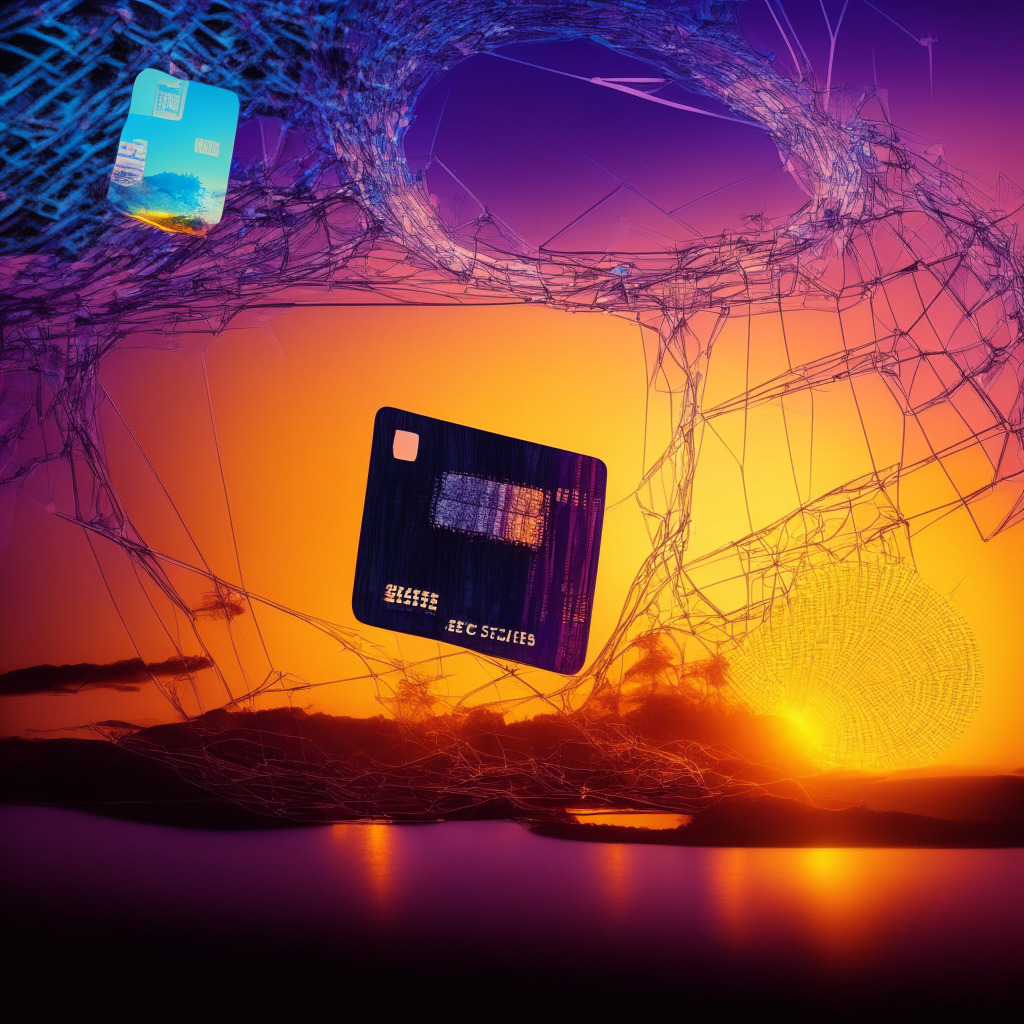The blockchain network Gnosis is leading the way in the integration of decentralized payment systems with traditional channels, announcing two products that enable users to spend their digital assets directly from wallets via Visa‘s infrastructure. This development comes as a result of the launch of Gnosis Pay and Gnosis Card—a self-funded Visa debit card that connects directly to an on-chain wallet.
This news broke during the Ethereum Community Conference held in Paris and is seen as a significant introduction to layer 2 chain solutions, facilitating faster and cheaper transactions. Initially accessible in the EU, EEA countries, as well as the UK, Gnosis plans to stretch its territories to the US, Brazil, Mexico, Singapore, and Hong Kong by year end.
The intended goal of the Gnosis Card is to simplify the movement of crypto-assets from centralized exchanges to self-custodial wallets, further strengthening the Gnosis blockchain ecosystem. Significantly, this Visa empowered debit card deducts funds directly from the user’s wallet, a shift from the conventional method of asking users to pre-fund the card.
Friederike Ernst, co-founder of Gnosis Chain and Gnosis Pay, differentiates this system from both Web2 and Web3 payment networks as users can still maintain custody of their funds and it does not operate on a prepaid basis.
Initially, Gnosis Pay will provide only a physical card and a web app. Yet, plans are underway for the release of a mobile app that costs €30 to enroll. Through these services, users can expend EURe, a stablecoin pegged to the Euro, using the Gnosis Card. Furthermore, Gnosis Pay is in the process of appending MakerDAO’s decentralized stablecoin, DAI, to its list of future payment options.
Gnosis’s innovation differs from the traditional payment setup where, should you run out of EURe, the payment would be declined. In the future, if a user runs out of EURe but has USDC, for instance, the system will prompt whether a token swap is desired.
Ernst also disclosed that the Gnosis team is in discussion with several interested wallets, and that their infrastructure is presently signing letters of intent with a number of wallets. Zerion and Bankless top the list, with 1Inch also a priority. Therefore, this transformative payment system is gaining traction and may soon become an essential part of the crypto ecosystem.
Source: Cryptonews




